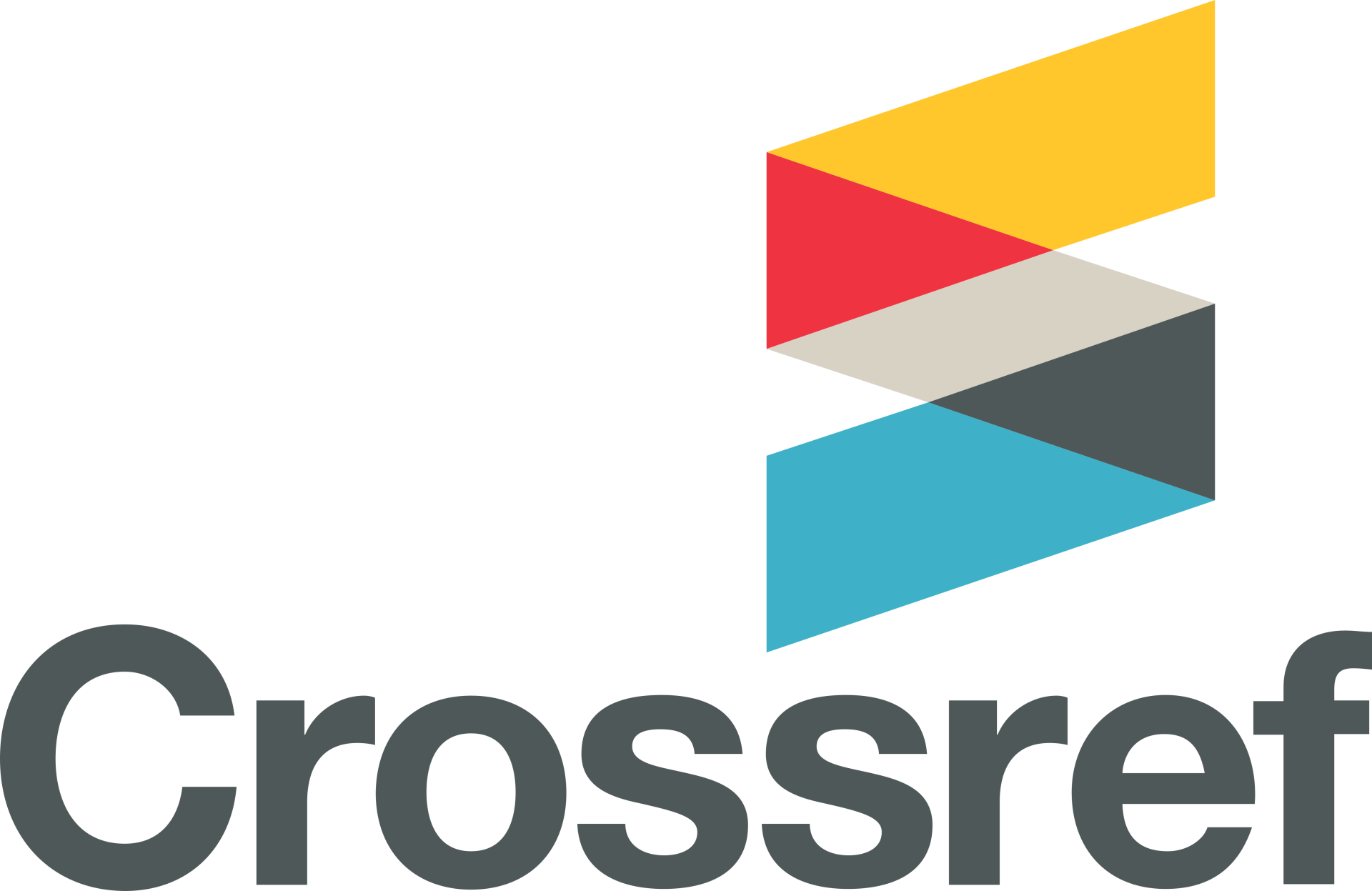FIRMST2020-AB34
LABORATORY BIOMARKERS OF AN ANTI-TUMOR IMMUNE RESPONSE
FIRMST2020-AB34
LABORATORY BIOMARKERS OF AN ANTI-TUMOR IMMUNE RESPONSE
Anna MALKOVA1, Rashida ORLOVA1, Vladimir SHAROYKO1
Saint Petersburg State University, Saint Petersburg, Russian Federation
Aim:
To analyse possible immunological biomarkers of efficacy for treatment with checkpoint inhibitors
Keywords: antitumour immune response, efficacy, biomarkers, adaptive immunity, tumour microenvironment, genetics
correspondence anya.malkova.95@mail.ruconflict of interest none
Article InformationDOI:
10.38192/1.6.3.firmst20.ab34Epub: 21.09.2020Presented at FIRMST Conference, Moscow 2020Peer reviewed by JS Bamrah, Ananthakrishnan Raghuraman, Soumit DasguptaOpen Access- Creative Commons Licence CC-BY-ND-4.0
Introduction:
The anti-tumor immune response is provided by innate and adaptive immunity and aimed at the elimination of cancer cells. A breakthrough in the cancer treatment was immunotherapy, based on activation the patient's own immune system against tumor cells. Despite the pathogenic approach to the treatment and promising preclinical experiments, in practice, immune therapy was effective in up to 40% of cases (Azoury SC, 2015).
Materials and Methods: Review and original articles published from 2005 to 2020 in the international databases PubMed, Web of Science, Elsevier were selected using the keywords: checkpoint inhibitors, immunotherapy, biomarkers, efficacy.
Results:
The markers-predictors of high efficacy of therapy with checkpoint inhibitors were identified and classified according to pathogenic mechanism of drug action:
1. High mutagenic potential of the tumor itself, characterized by the level of tumor mutation load (TMB), evolutionary divergence of HLA-I (HED), a high level of mutations in the circulating tumor DNA;
2. High activity of the adaptive immunity, which include low expression of inhibitory T-cell receptors, the presence of single nucleotide polymorphisms (SNPs) in genes encoding FcγR T-lymphocyte receptors, an increased number of tumor infiltrating lymphocytes (TILs), a high number of eosinophils and lymphocytes in peripheral blood (with predominance of CD8, CD4 memory T cells and decreased T-regulatory cells), high concentration of Il-2, VEGF-C and low concentration of Il-10;
3. Decreased activity of the tumor microenvironment, characterized by a reduced number of myeloid suppressor cells (MDSCs), relative decreased neutrophils in biopsy material and peripheral blood, low levels of Il-1β, Il-6, ANG2, C- reactive protein (CRP).
Conclusions: Determination of high rates (TMB), HED, high mutation rate in circulating tumor DNA before treatment can predict tumor response to the immune therapy, which can be used for more personalized patient selection. Biomarkers of innate and adaptive immunity may indicate the activity of tumor microenvironment and cytotoxic immunity. Determination of the markers before and during the treatment might be an appointment indication for various immunomodulatory drugs, inhibitors of pro-inflammatory cytokines and pro-angiogenic molecules.
If you are interested in publishing your conference abstracts with us
If you are interested in publishing your conference abstracts with us
Please contac the editorial board for peer review and publication in the The Physician Journal of International Health



